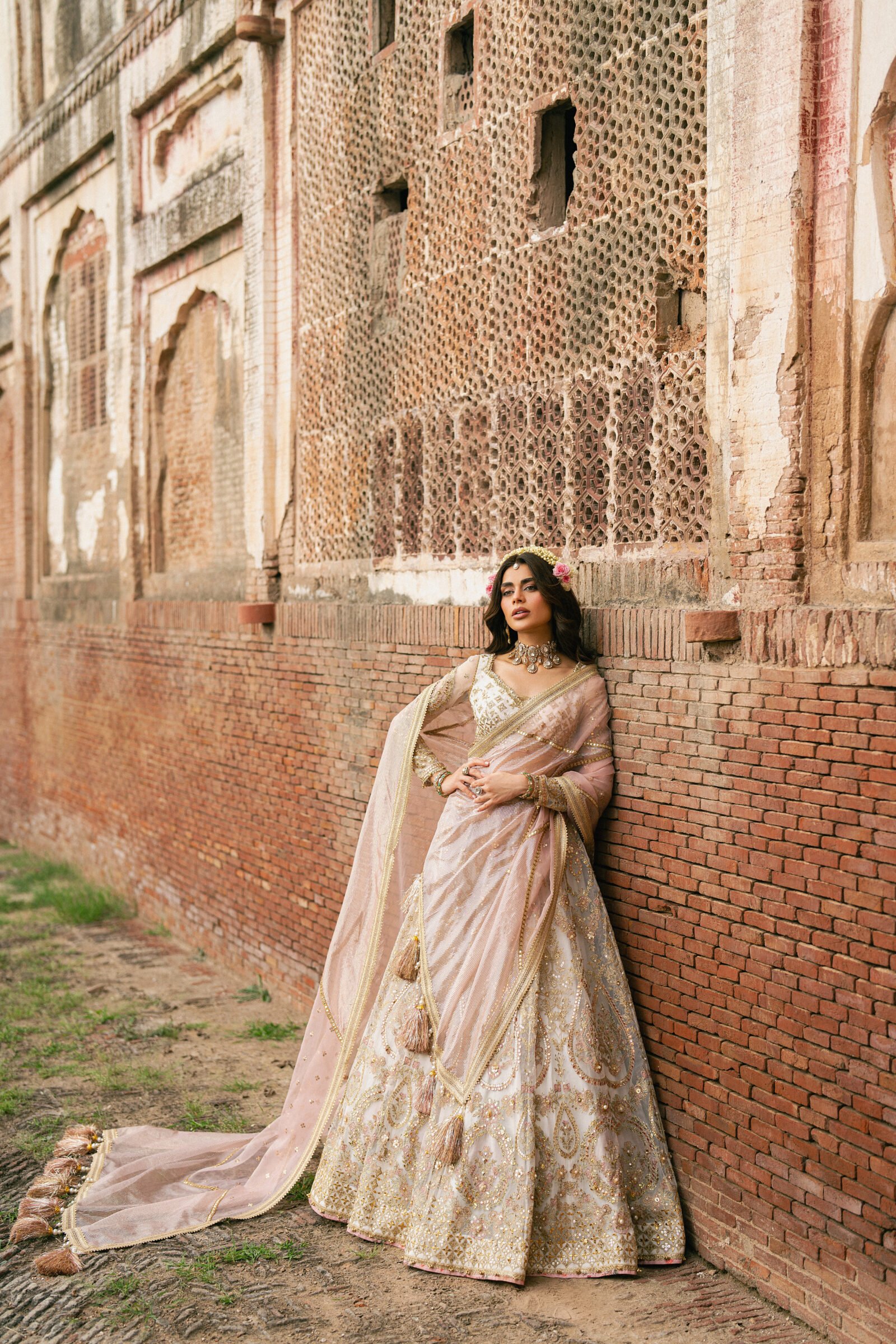
In a landscape where luxury fashion often speaks in hushed tones of exclusivity, Zarlish by Mohsin Naveed Ranjha offers a rare counterpoint — a language of inclusion, accessibility, and quiet empathy. With Makhfi as its visual and emotional compass, the 2025 festive unstitched collection becomes a meditation on how beauty, when truly understood, is meant to be shared.
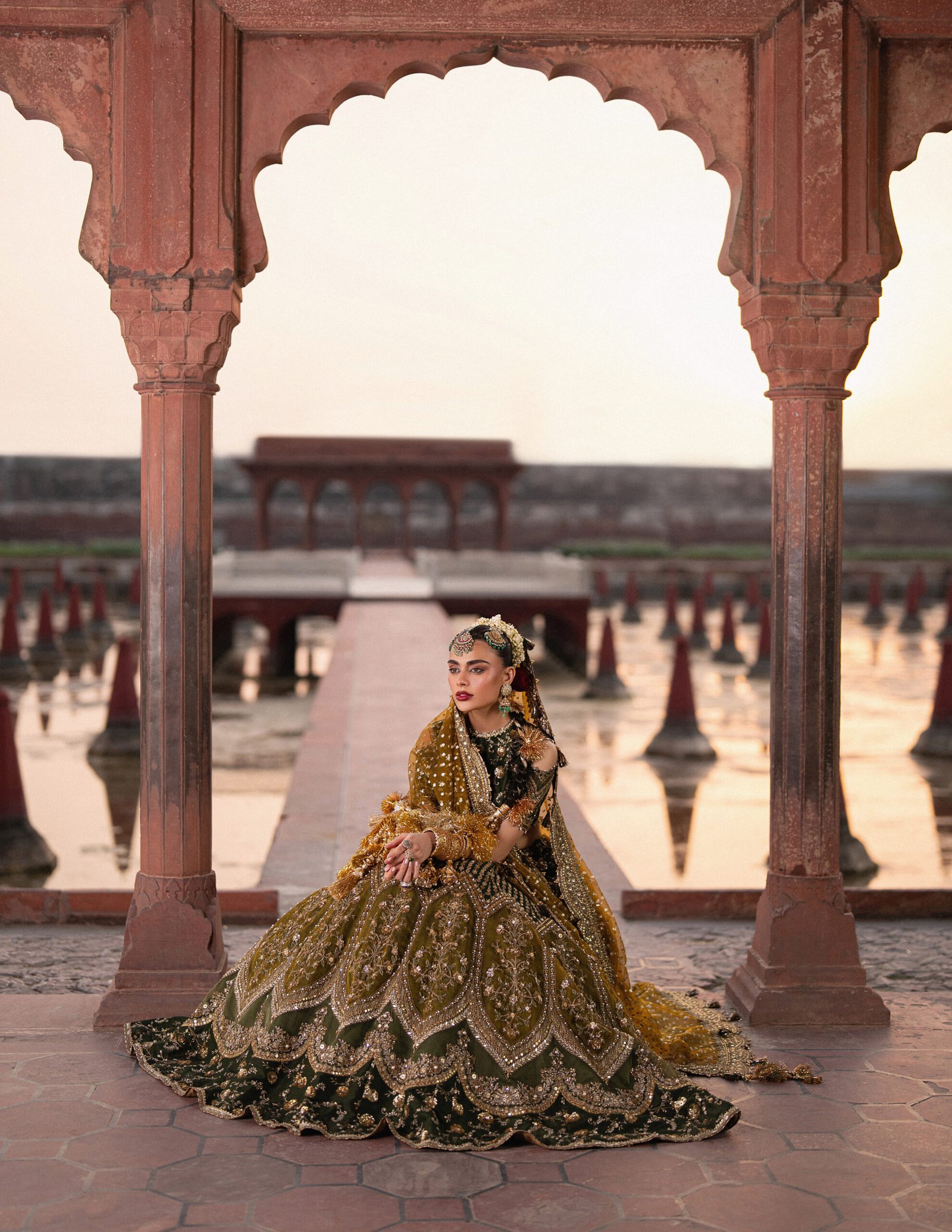
For Ranjha, Zarlish is not merely another annual chapter in his design canon; it is a philosophy of openness. The designer believes that couture should not belong to the few who can afford the spectacle of it, but to all who can feel its poetry. In Zarlish, he distills this ethos into tangible form — taking the detail, discipline, and devotion of high craft and translating it into pieces that are both attainable and aspirational.
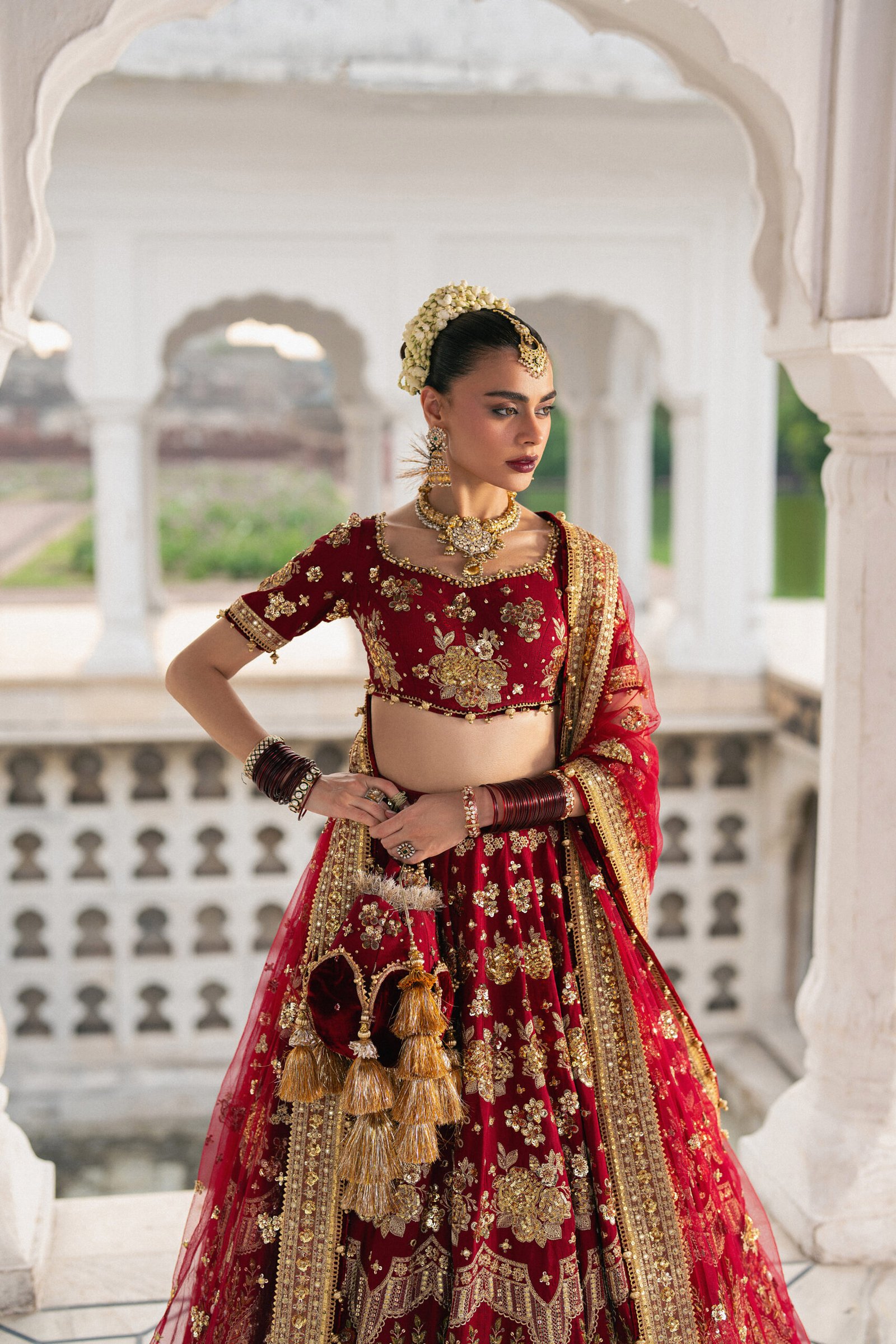
At the heart of this vision lies Makhfi, the campaign inspired by Princess Zeb-un-Nisa, daughter of Emperor Aurangzeb, and her secret life as a poet. Writing under the pen name Makhfi, meaning the hidden one, she embodied the paradox of visibility and silence — a woman whose genius lived in shadow, whose words survived her seclusion. It is that balance between concealment and revelation that informs the spirit of this collection: the idea that true artistry does not demand attention, it invites reflection.
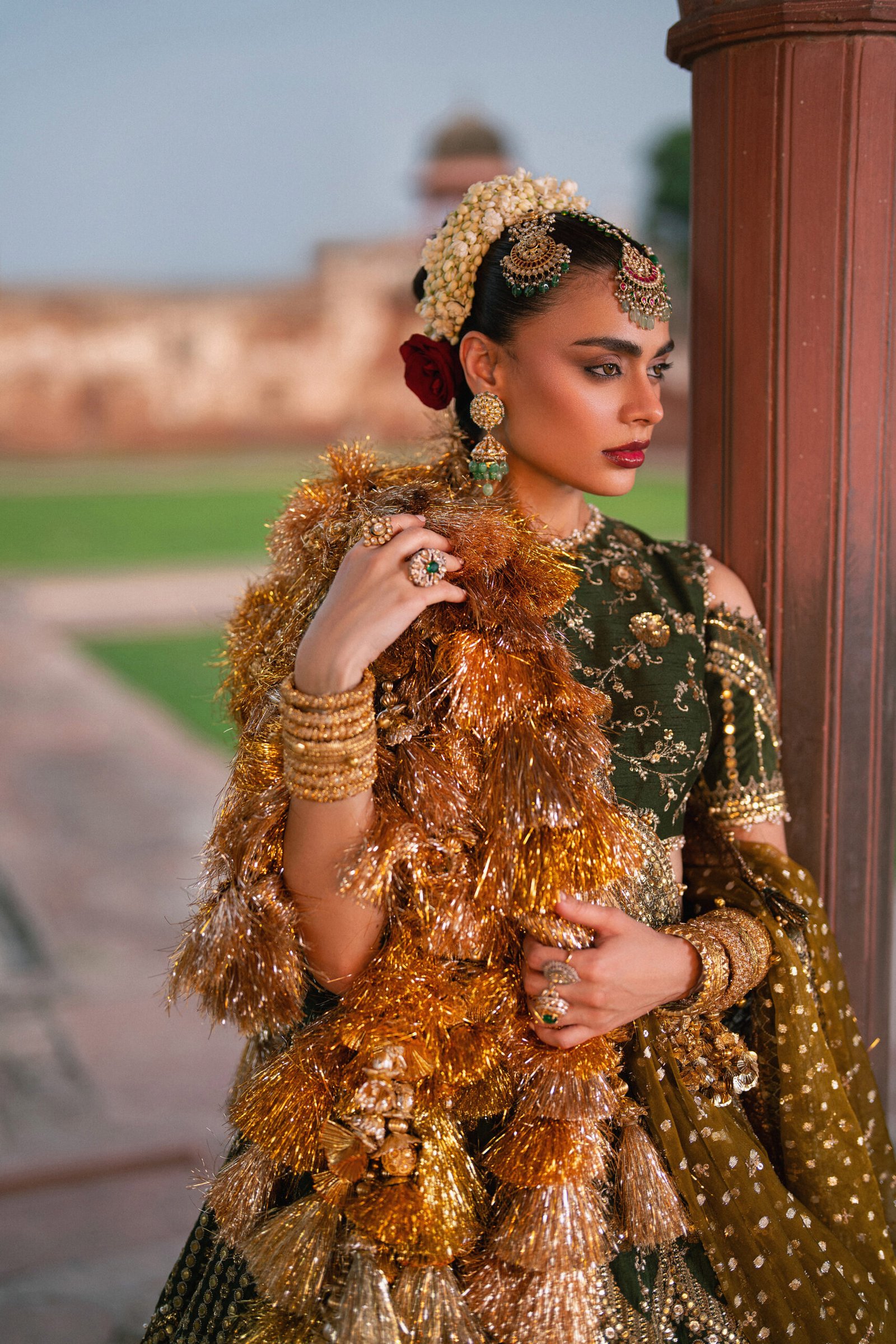
Luxury, in Ranjha’s lexicon, is not a privilege — it is participation. Zarlish stands as his most accessible gesture yet, one that dissolves the invisible walls between couture and everyday life. “Accessibility does not mean absence of beauty,” he has said. “It means presence of empathy.”
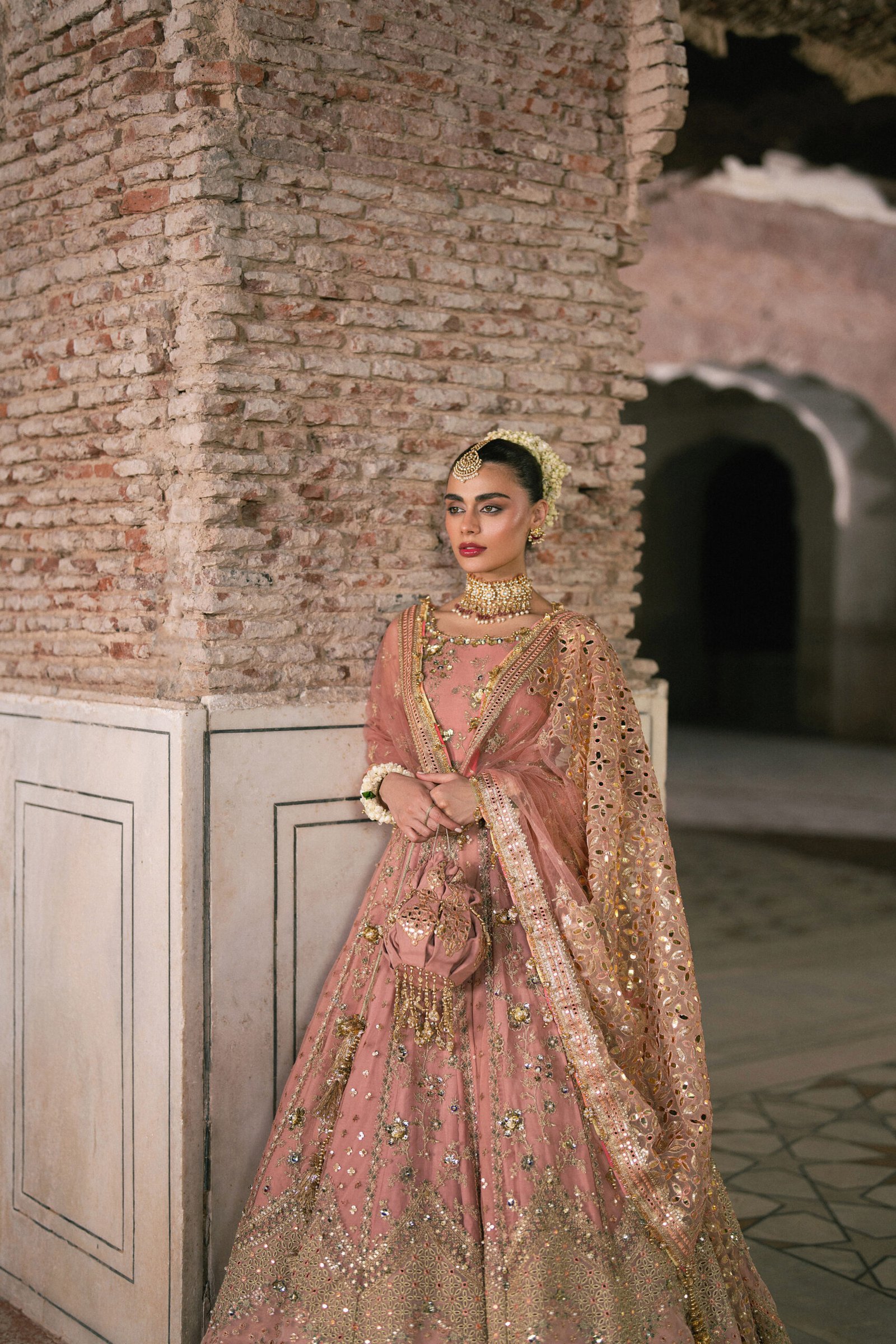
In the unstitched form, Zarlish redefines value — not as extravagance, but as integrity. The collection carries forward the grandeur of Ranjha’s couture atelier, but in silhouettes that whisper rather than announce. Resham, tilla, and zari embroidery trace patterns reminiscent of Mughal architecture — ornate yet ordered, indulgent yet precise. The color palette, beginning in gentle ivories and dusk beiges, deepens gradually into amber, rose, and crimson — an unfolding of emotion rather than spectacle.

Each ensemble reflects balance — between discipline and dream, geometry and grace. These are not clothes made to perform; they are made to belong. To adorn without overwhelming. To honor the craft of many hands while resting gently upon the body of one.
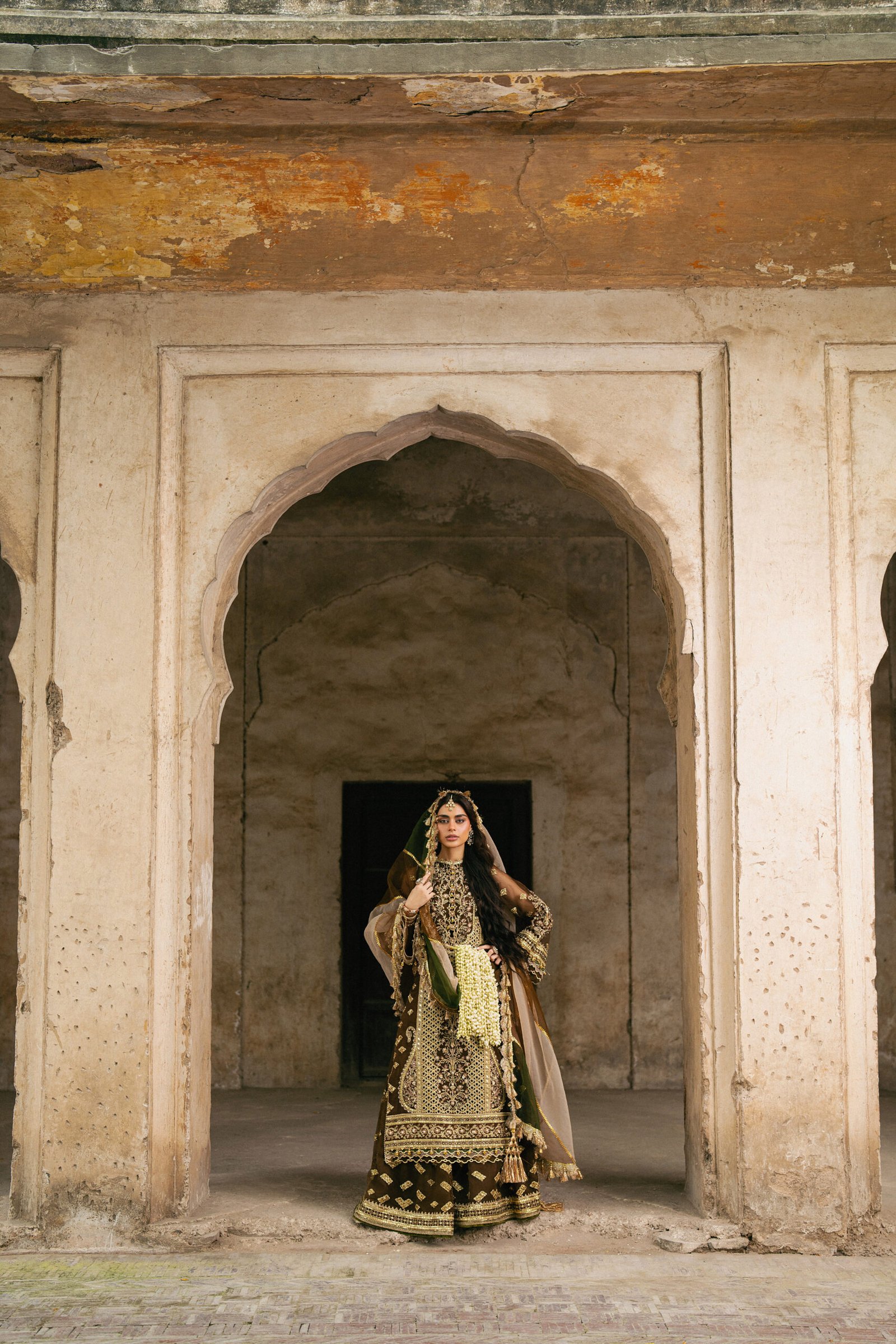
The campaign itself, set in the timeless corridors of Shalimar Gardens, extends this philosophy through image and mood. Against the symmetry of fountains and stone, Sadaf Kanwal steps into the role of Makhfi — a muse not of glamour, but of thought. Her presence becomes a metaphor for every woman who holds dualities within her: public and private, visible and veiled, strong and soft.

Through her, Ranjha’s Zarlish becomes an allegory of accessibility in its truest sense — not just economic, but emotional. It speaks to the accessibility of identity, of expression, of voice. Every motif, every stitch is a reminder that fashion, when anchored in narrative, transcends material; it becomes memory.

By grounding Zarlish in accessibility, Ranjha does something quietly revolutionary. He repositions fashion as cultural dialogue rather than commodity — a way of telling stories that once belonged only to kings and ateliers, and giving them back to the people whose history they reflect.
In that reflection, Zarlish stands tall — not as an object of desire, but as an act of generosity. A gesture that reminds us that the truest form of beauty is not in owning, but in belonging.



